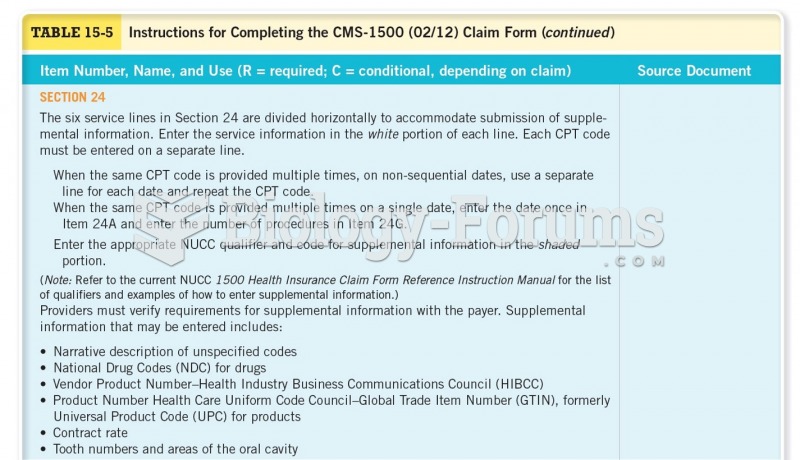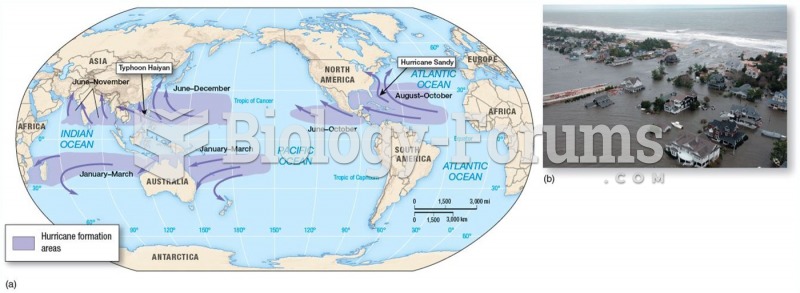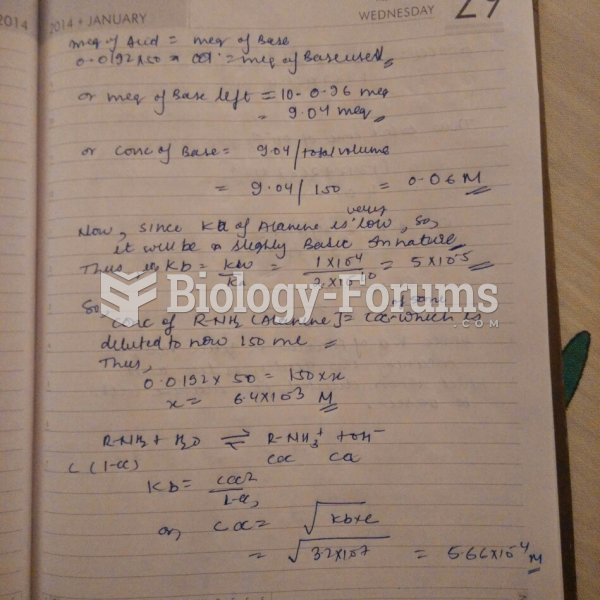Answer to Question 1
ANSWER: Although the impact site itself is the best source for clues about past impacts, other evidence can be found far from such sites. Fragments and dust sprayed out from a large site can drift around Earth. The enormous impact at the Chicxulub site blew out enough material to deposit a thin, dark layer called Cretaceous-Tertiary boundary (K-T boundary) clay. The dust and elemental-carbon soot layer from fires ignited by the impact fireball 65 million years ago is generally only a centimeter or so thick and chocolate brown to almost black in color. The large amount of soot is related to worldwide fires that burned much of the vegetation on the planet. The clay in this boundary layer contains grains of shocked quartz and other minerals, as well as spherules. The abundance of quartz in the boundary clay strongly suggests that the dinosaur-killing impact occurred in quartz-rich continental rocks, probably in an area rich in granite, gneiss, or sandstone. Also found in the boundary clay of the 65-million-year-old K-T event are anomalous amounts of iridium and other platinum-group elements, an occurrence called the iridium anomaly. The anomalous amounts are tiny, some 0.5 to 10 parts per billion, but those elements are essentially absent in most rocks except for meteorites and dark, dense rocks like peridotite and others derived directly from Earth's mantle.
Answer to Question 2
ANSWER: The same energy that blasts out a crater also has an effect on rocks in the area. Rocks on the receiving end of an impact show distinctive characteristics, especially shatter cones. These cone-shaped features, with rough striations radiating downward and outward from the shock effect, range from 10 centimeters to more than a meter long and are considered proof of asteroid impact. They form most readily in fine-grained massive rocks. Apexes of shatter cones point upward toward the shock source. Cones directly under the impactor should be vertical; those off to the sides flair down and outward from the source in horsetail fashion. Thus, the distribution of shatter cone orientations provides evidence for the location of the center of an impact site. Individual cones are often initiated at a point of imperfection, sometimes a tiny pebble. Sometimes melting of the asteroid produces glass; sometimes glass forms by melting the target material. Molten glass droplets sprayed out during impact form tiny, hollow spherules. These droplets of glass, generally a millimeter or two in diameter, and often altered to green clay, are typically the most obvious signatures of an impact feature found in sediments. In silicate target rocks, the impact melt may also form sheets, dikes, and ejecta fragments, and be disseminated in breccias. The melt develops under extremely high impact pressures. Impact-melt compositions are a mixture of the compositions of target rocks shocked above their melting temperatures. Because the impacting meteorite is often melted as well, impact melt may contain small but extraordinary amounts of nickel, iridium, platinum, and other metals that are abundant in iron meteorites.







